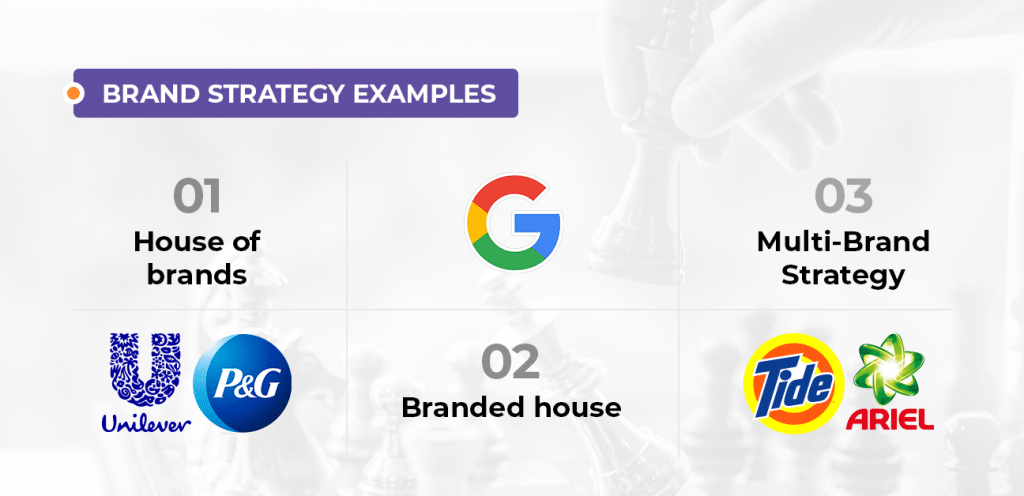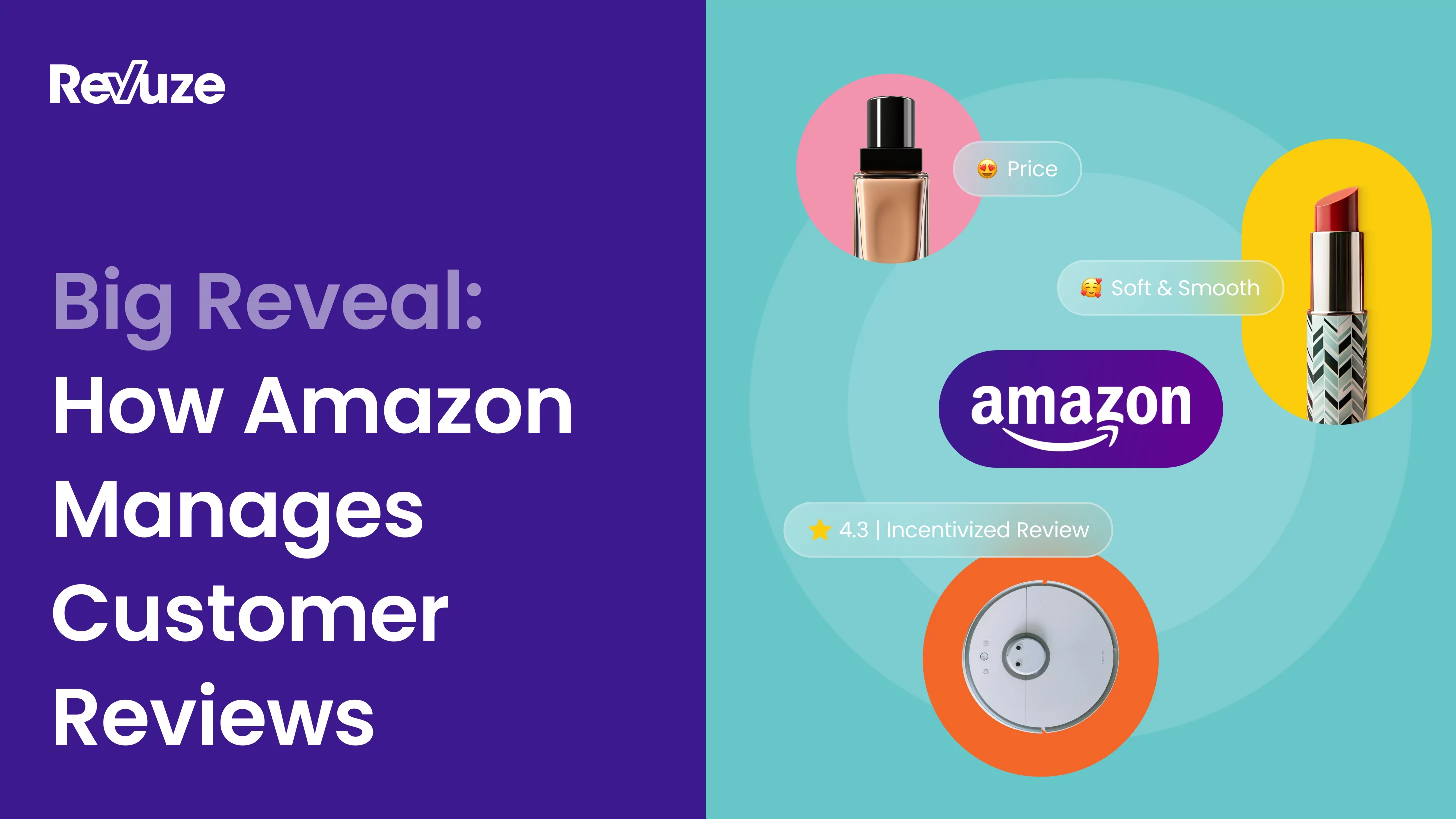
What is brand strategy?
A brand strategy is a long-term plan for a brand, detailing specific development timeline and goals. A well-defined strategy is extensive and directly influenced by customer needs, sentiment, and market competition. It is the base of any successful brand, the foundation of its innovation and growth.

Let’s start with why brand strategy is so important
An effective and data-driven brand strategy helps brands stand out in an extremely competitive market, providing an infrastructure for growth and success. It creates “brand equity” – the value consumers place on a product or service based on their sentiment or opinion of a brand. A good brand equity will generate revenue, and keep a brand valuable over in the long run. Just take a look at Apple and you’ll know what I mean.
Additionally, brand strategy is applicable and vital for brands in B2B and B2C markets. Whether you are aiming for private consumers or trying to sell your product to huge corporations, a well-designed strategy can make all the difference.
Moreover, brand strategy not only involves a product’s marketing strategy, but it also touches the intangible aspect of a brand, like brand identity and consumer attitudes. An effective strategy enables you to create and manage consumer perceptions and expectations to suit a brand’s long-term goals.
The 6 Components of a successful Brand Strategy
Here are six key aspects of a successful and efficient brand strategy –
1) Define Brand Purpose:
A brand’s purpose can be thought of in two ways functional and intentional. A functional purpose is an immediate and commercial consideration of a brand’s end game – i.e. making money. An intentional purpose is a viewpoint combining commercial aims, like sales and earnings, with well defined vision and intentions.
Forbes Magazine found that consumers especially admire brands that emphasize intentions and values other than just profitability, and are more likely to buy their product. So a good brand strategy should match and maintain a brand’s purpose, creating positive customer sentiment and sustaining their loyalty.
2) Stay Consistent:
A brand strategy should match your brand. Any new advertising or innovations in your strategy need to be in sync with a brand’s identity, a brand’s logo, design and messaging. Not staying in line with your identity will cause confusion with customers and might hurt revenue.
Consistency and cohesiveness contribute to brand recognition, which brings on and supports customer loyalty. So make sure your strategy encompass everything from the messaging to the color scheme for the brand in question.
3) Keep Emotions in Mind:
It might surprise you, but customers aren’t always rational.
As explained in an article by Business Insider, brands can improve sales by promoting messaging that associates happiness with their product. Alternatively, tapping in to consumers’ FOMO or creating a sense of community will similarly motivate customers.
Your brand strategy should find and define a way to connect with your customers on an emotional level in order to strengthen your relationship and foster loyalty.
4) Maintain Flexibility:
In today’s fast-changing market, businesses must remain flexible to stay relevant. While the aforementioned consistency is there to set the standard for the brand, flexibility enables necessary adjustments and innovations that build interest and sets the product or service apart from the competition.
Launching new marketing, a new website, new packaging, or new product names, are not always bad and can be vehicles for strategic enhancements to an already strong brand. It is worthwhile thinking about new ways to engage your consumer market in fresh, it’ll help a brand connect with new customers and remind the old ones why they love it so much.
5) Don’t Take Loyalty for Granted:
Congratulations, you have created a community of customers that absolutely adore your brand. Don’t just sit there on your laurels. You need to reward them for their love and loyalty.
Loyal customers are the source of one of the most efficient marketing methods out there, Word Of Mouth (WOM) marketing. This major marketing trend harnesses the power of word-of-mouth to a brand’s benefit. Loyal customers will go out of their way to write about their favorite brand, will tell their friends about it, and essentially act as the brand’s ambassadors. Cultivating this kind of loyalty creates satisfied returning customers that improve revenue.
6) Be Aware of The Competition:
Keeping an eye on the competition’s hits and failures can provide you with priceless insight – you can learn what worked and what didn’t in the current market, how consumers reacted to their product and more.
It is also worthwhile monitoring your competitor’s social media activity, since it became a major customer service platform with more and more consumers turning to social media sites to leave their review and contact businesses. So try and stay tuned to what your competitors are doing, you might learn a thing or two.
Brand Strategy Examples
The brand strategy you choose often depends on company size, overall aims and objectives, and even market competition. Here are three of the most popular branding strategies –
House of brands – This type of strategy requires having a number of products or services under one company, but each of the products has a different name and a different brand identity. Good examples are Unilever and Procter & Gamble.
Branded house – In this branding strategy, new products are branches of the main brand. The individual brand is still there, but new products will take the name of the original brand. The best example is Google and all its products (like Gmail, Google Maps etc.)
Multi-Brand Strategy – Using this brand strategy may seem the most intimidating, and is usually reserved for big conglomerates. It means introducing a new brand to an existing product category, just like Procter & Gamble marketing both Tide and Ariel laundry detergent brands.
About Rvuze
Whichever Brand Strategy you choose, an effective brand strategy is always based on highly granular market research and deep understanding of your customer.
 All
Articles
All
Articles Email
Analytics
Email
Analytics








 Agencies
Insights
Agencies
Insights